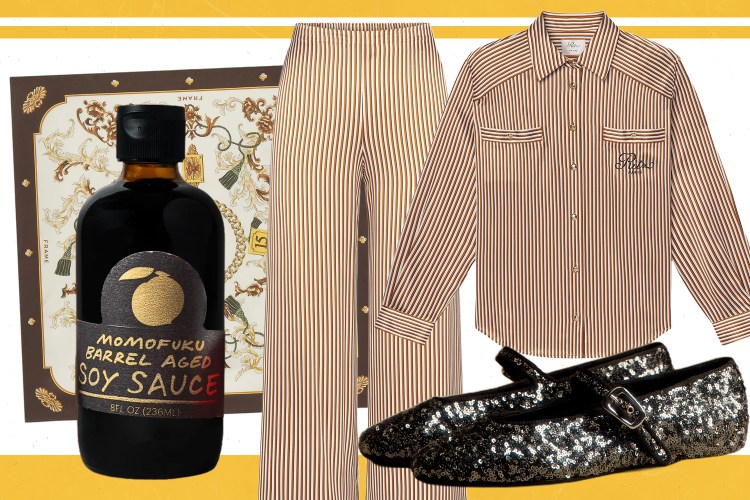The excitement surrounding the Black Panther film goes far beyond the Marvel Comics Universe (MCU). That much has been discussed at length on several media platforms. While many pundits are adamant that the Black Panther phenomenon opens avenues once closed to Black creatives, they are missing something that only a dive into comic history can reveal. You see the social and cultural atmosphere in which Black Panther debuts now are like the social and cultural atmosphere in which the character and his first solo comic debuted years ago. The similarities in the connection between Black Panther’s emergence in 1966 and in 2015 (I’ll explain in a minute for all those who aren’t comic fans) are too intriguing to ignore. It begs the question—Is the Black Panther character a harbinger of a movement in Black arts or is the connection the result of something else? Let’s explore by looking at those similarities then and now.
The 1960s were rife with racial strife that succeeded in revolutionizing the country. But, that time was very violent, full of public unrest, and pain, especially in the black community. The It was all racially charged, the Selma church bombing and march, the March on Washington, Malcolm X’s assassination, sit-ins, protests, lynching, police beatings, court cases, and even the heated debate on the floor of Congress on the topics of blackness and equality. The energy and imagery of the mid-1960s saturated the creative minds looking for inspiration, including Marvel artist and art editor Jack Kirby.
Sean Howe’s book Marvel Comics: The Untold Story details that time leading up to Black Panther’s creation. Stan Lee was managing the team of artists and writers, who were actively competing with DC comics for comics sales. According to Howe, Stan Lee heard of the upcoming release of a line of comics that was a gamechanger for DC. Marvel had nothing new to compete. Howe quoted Kirby, “I came in one day,” said Kirby, “and Stan said, ‘Martin says we have to add more books.’ They were afraid Al Harvey, who had pretty good distribution, was going to crowd them off the stands.” Kirby and the rest of the team went to work looking for new lines and characters.
They tapped a little history by researching ancient cultures of Mexico and Africa. They also dug deeper into the sci-fi lore that was becoming popular at the time. The atmosphere of the time greatly influenced the Marvel creatives as well. The result of their hard work was a few new characters are still famous today—The Inhumans—and a black superhero, who lead an uncolonized African nation, and used the cutting edge of futuristic weaponry was born. His name was…
Coal Tiger.
The introduction of ‘Coal Tiger.’ (Marvel)Kirby presented the character to Lee, and Lee decided not to push the black hero or the Inhumans at that time. They waited to introduce their new black character with an already popular line of white characters, the Fantastic Four, in issue #52, which hit stands July 1966. The renamed the Coal Tiger, Black Panther, and gave him a makeover for the gig. It would be another 8 years before Lee launched a solo Black Panther comic series Jungle Action.
Black Panther’s foray into solo super-heroism in ‘Jungle Action.’Meanwhile, the Black Arts Movement, which was started in 1965 by poet Imamu Amiri Baraka, was creating a national interest in black culture. BAM also stimulated a pride in the black community that was manifest in hair (afros and braids), clothing (dashikis and Afrocentric prints), beauty. James Brown’s “Say It Loud—I’m Black and I’m Proud” was like an anthem. This pride carried the community forward as they continued where their fallen (Martin Luther King was murdered in April 1968) and fading Civil Rights heroes left off. By 1973, the movement was in full swing and black culture was dominating pop culture, and even film. Blaxploitation movies that centered black characters with black problems were available. Despite their campiness and stereotyping fails, the films were the first time the nation saw black people onscreen and in the forefront of the narrative.
The celebration of black culture that the Black Panther character’s solo comic debuted it did not last, but it didn’t fade away either. The door was open just a bit for black creatives, who would push it open in the decades to come, leading to the Black Panther film.
Black Panther almost got his film debut over decades before the real deal. The Hollywood Reporter tells the story of Black Panther’s false starts. In the late 90’s, the mainstream success of the Blade movie and the black lead Wesley Snipes led to a failed attempt to create a Black Panther. Another occurred in years later, but the studios opted for 2004’s Blade Trinity instead. Then, in 2016, the buzz about a film for the Black Panther was rampant again, as fans learned that the character may make an appearance in the 2016 Captain America: Civil War film. The movie ended up grossing over $400 million, started the anticipation build for the Black Panther film set for 2018.
So, the movie about Black Panther went through some false starts just as the comic did. In addition, both character debuts were attempted using the popular Marvel characters at the time. The solo release came later, after the “soft launch” of the black superhero standing alongside his beloved white counterparts. Also, like his debut timeline, the film version launches amidst a mainstream appreciation of black culture, with an underlying struggle with racism. That struggle is fueling activism and feeding the Black community’s resurgence of Black pride.
It comes after the nation has accepted and admired a powerful Black leader. Barack Obama achieved mainstream popularity as did Martin Luther King in the 60s. IT comes amidst the rise of media representation of Black culture. Sitcoms (“Blackish,” “Insecure,” “The Carmichaels”) center black characters and black problems in a more serious light than the blaxploitation films. There is also the eerily similar introduction of racially themed, genre-bending horror film (Get Out and Night of the Living Dead) that rocked pop culture each time as well.
So many similarities mean nothing alone, but together they form a pattern that is worth revealing and exploring. The soft launch before the solo debut is one curiosity to note. Although the elapsed time differed, they did occur. The black superhero had to be introduced by beloved white characters before he could come out alone. There may have been causing for such a thing in the 1960s when there had been little to no marketing of blackness to the public. Then, a black character was a significant risk, especially one that shares the name of a group that media and government were characterizing as militant and anti-White. Lee may not have wanted to gamble. This reason only holds until you considered the list of the many superheroes that Lee debuted solo without a soft launch. Even the Marvel film franchise released Spiderman, Hulk, and a few other superheroes in solo films without a soft launch. Both times, they took a gamble on the white superhero, but not Black Panther.
These and other curiosities lead to the conclusion that the Lee and Marvel, and also the Marvel studios today were priming the public for the black hero. They saw that the possibilities when Black culture started seeping into the mainstream. A soft launch would “test the waters” and see if the public could handle such a character. This seems plausible until you consider that prior to the solo debut of the character both times, the black community was calling for representation in pop culture. In the past few decades, the outcry for more representation in the film has been a topic of discussion and studies. They started well before the current film iteration was conceived.
In fact, when Black Panther’s solo comic appeared in 1973, it was so popular that Luke Cage followed. Similarly, the soft launch of Black Panther was followed by a Luke Cage series on the small screen that was a hit for Netflix streaming service. Once the public was given the Black Superhero, they eagerly sought out more, making the next one a hit out of the gate.
Black Panther’s first solo appearance. (Marvel)It’s obvious that the problem is not the public. It’s the industries. Both Marvel Comics back then and the MCU now are run by white men who do not want to gamble on blackness until they are sure that they can profit. They wait until the movement is starting, the pride is forming, and the creativity is arising in other areas before “dipping a toe in” for a soft launch. Once that happens, once the profitability of the character is recognized, then they ride in like abolitionists with bolt cutters to open the gates to creative works and opportunities. Everyone is too swept up in the chaos to see that the ones holding the bolt cutters were also the ones holding the gates closed before.
That sounds bleak, but there is a silver lining. The Black Panther character is a harbinger of something—but it isn’t a Black arts movement. The movement started before the movie and comic were conceived. The MCU powers that be saw the movement start up and watched it build before they threw the character into the mix. And his message is not for audiences. They’ve been calling for him for years. No, the Black Panther comes for creatives as a signal that the time is ripe for opportunities, awards, positions in the industry and much more. It means the door is open and entities like the MCU are investing in blackness. His character and this movie mean that black creativity is flourishing and its time for the creatives—the artists of all mediums and genres—to take advantage.
This article appeared in an InsideHook newsletter. Sign up for free to get more on travel, wellness, style, drinking, and culture.
























